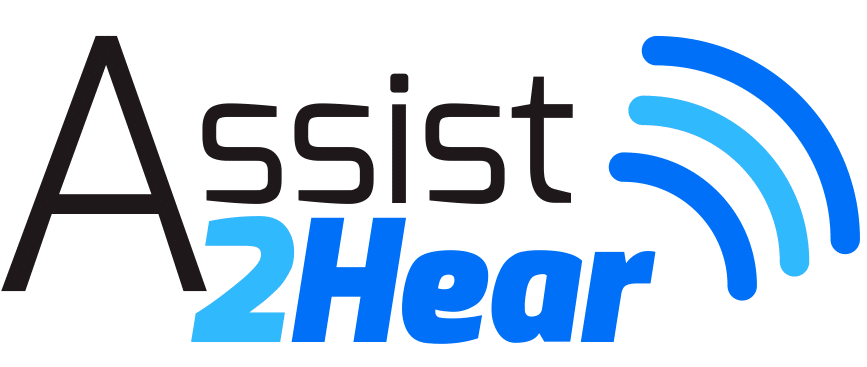Parker Evangelical Presbyterian Church Installs a Hearing Loop
People with hearing loss have the best sound in the house at Parker Presbyterian!
Parker Evangelical Presbyterian Church in Parker, Colorado recently installed a hearing loop, making it the most recent church in Colorado to “get in the loop”. Congregation members with hearing loss can now have the sermon broadcast directly to their ears via a hearing loop. Parker Evangelical Presbyterian Church, located at 9030 Miller Road, Parker CO 80138, chose to install a hearing loop during a larger renovation of the sanctuary. The renovation included new carpet, a new seating arrangement, and a hearing loop. The hearing loop installation occurred immediately prior to the new carpet installation.
The Project
The idea for the hearing loop project initially came via a recommendation from a member of the congregation. It became evident to the building committee that many people in the congregation would benefit from a hearing loop. Moving forward, a member of the building project committee spearheaded the vendor search and selection process. The vetting process included speaking with other Presbyterian congregations that hearing loops. After speaking with several happy Assist2Hear customers, Assist2Hear was selected to design and install the hearing loop system at Parker Evangelical Presbyterian Church.
There are always many moving parts during a renovation project, Parker Presbyterian being no exception. In this example, the hearing loop installation was to occur immediately prior to the new flooring installation. Material delays caused the project to be pushed back by several months. Once the material arrived, the church Facilities Manager, Cliff, performed the demolition of the existing carpet in the sanctuary. The demo turned out to be quite a task, involving a significant amount of scraping, sanding, and even an ATV! Finally, a last-minute change in the flooring finish underneath the pews required a modified materials approach by Assist2Hear.
How Does a Hearing Loop Work?
Hearing loops transmit sound directly to a user’s hearing aid, without the use of additional receivers or other equipment. Hearing aid wearers simply change their hearing device to the telecoil (t-coil) or M-1 program in order to do so. The telecoil program is very common in hearing aids. The Hearing Loss Association of America cites that approximately 81% of hearing aids and 100% of Cochlear implants currently have the telecoil option available in them.
Each hearing loop system is designed specifically for the location in which it is to be installed. At Parker Presbyterian, a “phased array” design is being used to ensure a consistent sound for the user, regardless of their orientation in the sanctuary. A phased array design selection is also appropriate to limit the spill of the system onto the main worship platform, where a bevy of instrumentation is frequently used.
Other Parker Hearing Loops
Residents and visitors to Parker Colorado can enjoy hearing loops throughout Parker and the nearby South Denver communities. Most notably, the Parker Library, which has two hearing loops for public use in its upstairs community rooms. In fact, residents of Douglas County can enjoy hearing loops in every library within the Douglas County library system! Another nearby hearing loop is the Lone Tree Performing Arts Center, a state-of-the-art, 350-seat theater in nearby Lone Tree.
Assist2Hear is happy to help you learn more about the cost of a hearing loop installation in your church.
